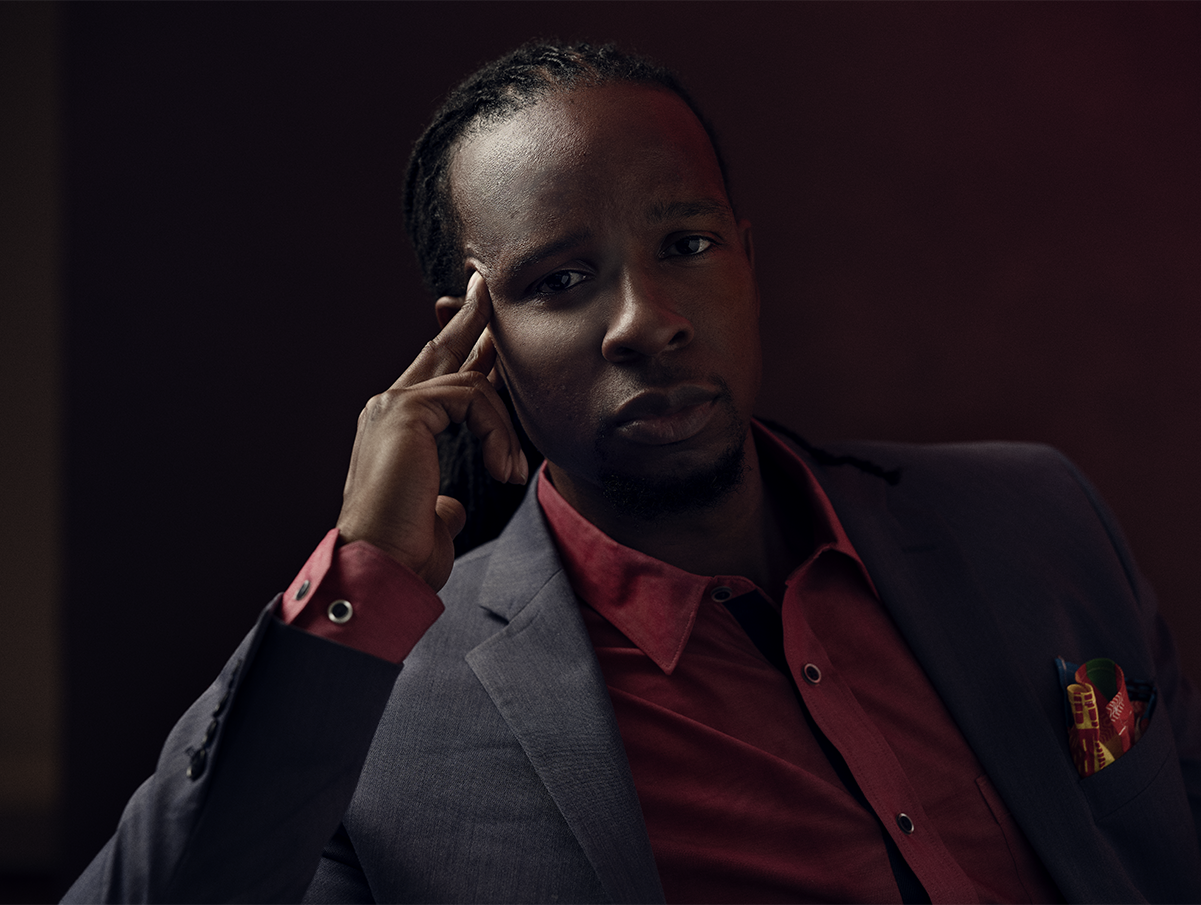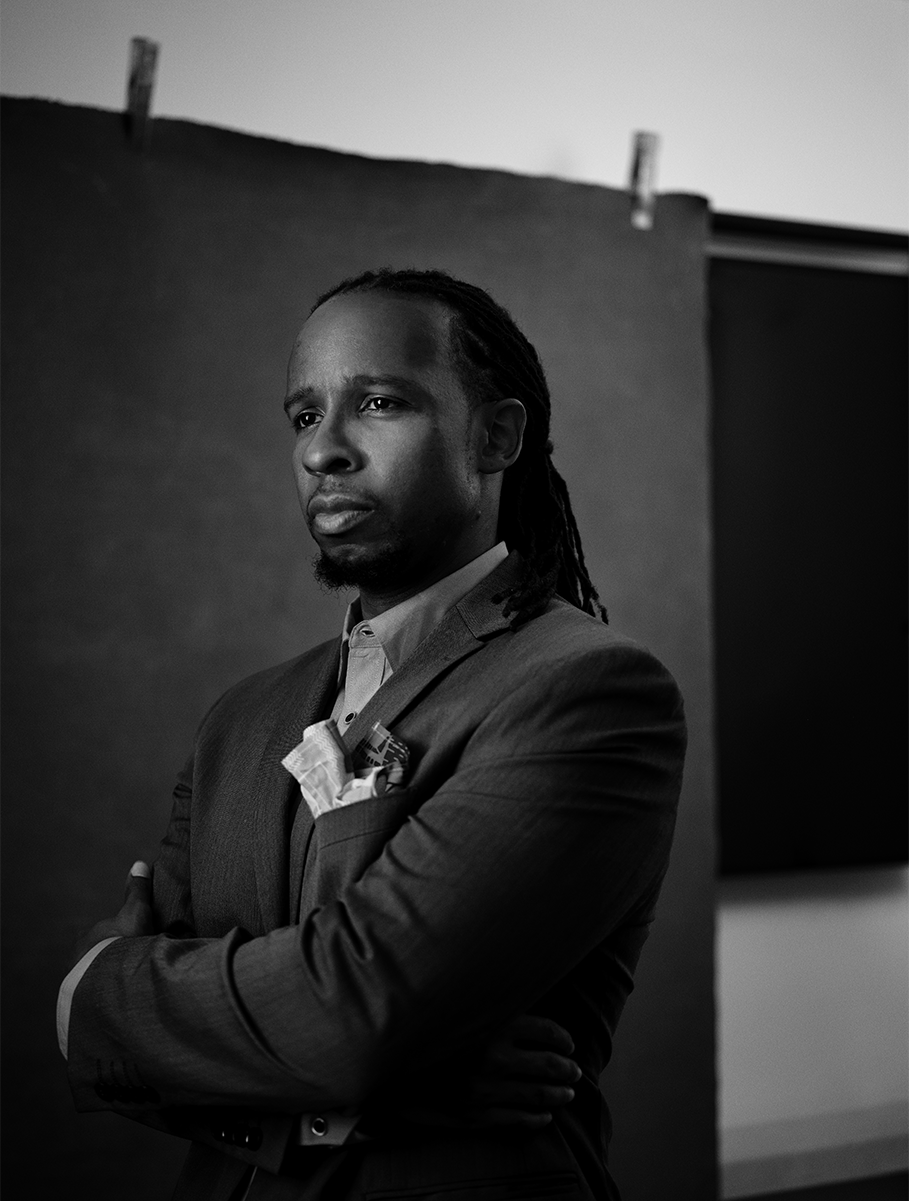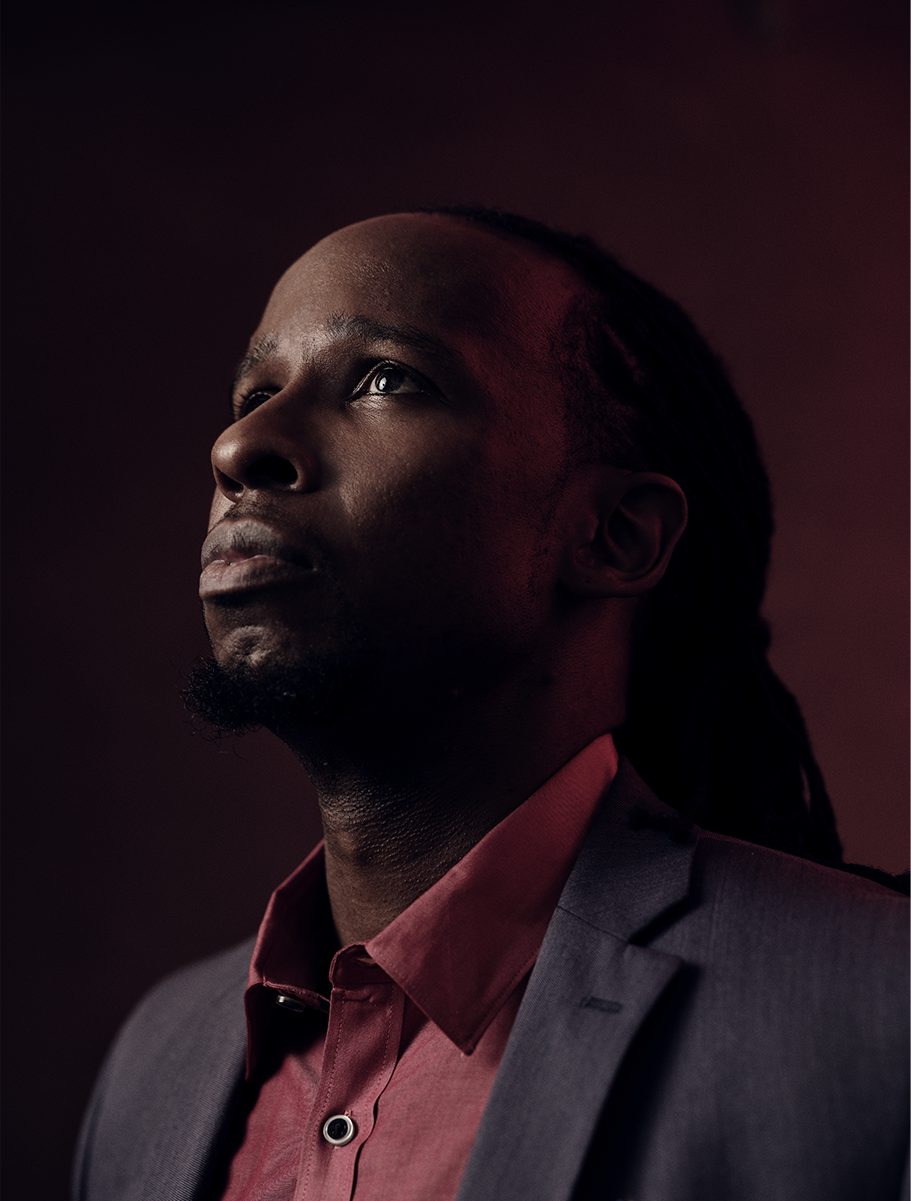- Home |
- Search Results |
- Ibram X. Kendi defines what it means to be an antiracist
Ibram X. Kendi defines what it means to be an antiracist
In this extract from his 2019 book How To Be an Antiracist, historian Ibram X. Kendi breaks down exactly what the term means – and why clear language is a vital first step in the battle against prejudice.

RACIST: One who is supporting a racist policy through their actions or inaction or expressing a racist idea.
ANTIRACIST: One who is supporting an antiracist policy through their actions or expressing an antiracist idea.
Definitions anchor us in principles. This is not a light point: If we don’t do the basic work of defining the kind of people we want to be in language that is stable and consistent, we can’t work toward stable, consistent goals. Some of my most consequential steps toward being an antiracist have been the moments when I arrived at basic definitions. To be an antiracist is to set lucid definitions of racism/antiracism, racist/antiracist policies, racist/anti-racist ideas, racist/antiracist people. To be a racist is to constantly redefine racist in a way that exonerates one’s changing policies, ideas, and personhood.
"The only remedy to racist discrimination is antiracist discrimination."
Since the 1960s, racist power has commandeered the term “racial discrimination,” transforming the act of discriminating on the basis of race into an inherently racist act. But if racial discrimination is defined as treating, considering, or making a distinction in favor or against an individual based on that person’s race, then racial discrimination is not inherently racist. The defining question is whether the discrimination is creating equity or inequity. If discrimination is creating equity, then it is antiracist. If discrimination is creating inequity, then it is racist. Someone reproducing inequity through permanently assisting an overrepresented racial group into wealth and power is entirely different than someone challenging that inequity by temporarily assisting an underrepresented racial group into relative wealth and power until equity is reached.
The only remedy to racist discrimination is antiracist discrimination. The only remedy to past discrimination is present discrimination. The only remedy to present discrimination is future discrimination. As President Lyndon B. Johnson said in 1965, “You do not take a person who, for years, has been hobbled by chains and liberate him, bring him up to the starting line of a race and then say, ‘You are free to compete with all the others,’ and still justly believe that you have been completely fair.” As U.S. Supreme Court Justice Harry Blackmun wrote in 1978, “In order to get beyond racism, we must first take account of race. There is no other way. And in order to treat some persons equally, we must treat them differently.”

The racist champions of racist discrimination engineered to maintain racial inequities before the 1960s are now the racist opponents of antiracist discrimination engineered to dismantle those racial inequities. The most threatening racist movement is not the alt right’s unlikely drive for a White ethnostate but the regular American’s drive for a “race-neutral” one. The construct of race neutrality actually feeds White nationalist victimhood by positing the notion that any policy protecting or advancing non-White Americans toward equity is “reverse discrimination.
That is how racist power can call affirmative action policies that succeed in reducing racial inequities “race conscious” and standardized tests that produce racial inequities “race neutral.” That is how they can blame the behavior of entire racial groups for the inequities between different racial groups and still say their ideas are “not racist.” But there is no such thing as a not-racist idea, only racist ideas and antiracist ideas.
"An antiracist idea is any idea that suggests the racial groups are equals in all their apparent differences."
So what is a racist idea? A racist idea is any idea that suggests one racial group is inferior or superior to another racial group in any way. Racist ideas argue that the inferiorities and superiorities of racial groups explain racial inequities in society. As Thomas Jefferson suspected a decade after declaring White American independence: “The blacks, whether originally a distinct race, or made distinct by time and circumstances, are inferior to the whites in the endowments both of body and mind.”
An antiracist idea is any idea that suggests the racial groups are equals in all their apparent differences—that there is nothing right or wrong with any racial group. Antiracist ideas argue that racist policies are the cause of racial inequities.
Understanding the differences between racist policies and antiracist policies, between racist ideas and antiracist ideas, allows us to return to our fundamental definitions. Racism is a powerful collection of racist policies that lead to racial inequity and are substantiated by racist ideas. Antiracism is a powerful collection of antiracist policies that lead to racial equity and are substantiated by antiracist ideas.
Once we have a solid definition of racism and antiracism, we can start to make sense of the racialized world around us, before us. My maternal grandparents, Mary Ann and Alvin, moved their family to New York City in the 1950s on the final leg of the Great Migration, happy to get their children away from violent Georgia segregationists and the work of picking cotton under the increasingly hot Georgia sun.
To think, they were also moving their family away from the effects of climate change. Do-nothing climate policy is racist policy, since the predominantly non-White global south is being victimized by climate change more than the Whiter global north, even as the Whiter global north is contributing more to its acceleration.
Land is sinking and temperatures are rising from Florida to Bangladesh. Droughts and food scarcity are ravishing bodies in Eastern and Southern Africa, a region already containing 25 percent of the world’s malnourished population. Human-made environmental catastrophes disproportionately harming bodies of color are not unusual; for instance, nearly four thousand U.S. areas—mostly poor and non-White—have higher lead poisoning rates than Flint, Michigan.

I am one generation removed from picking cotton for pocket change under the warming climate in Guyton, outside Savannah. That’s where we buried my grandmother in 1993. Memories of her comforting calmness, her dark green thumb, and her large trash bags of Christmas gifts lived on as we drove back to New York from her funeral. The next day, my father ventured up to Flushing, Queens, to see his single mother, also named Mary Ann. She had the clearest dark-brown skin, a smile that hugged you, and a wit that smacked you
When my father opened the door of her apartment, he smelled the fumes coming from the stove she’d left on, and some other fumes. His mother nowhere in sight, he rushed down the hallway and into her back bedroom. That’s where he found his mother, as if sleeping, but dead. Her struggle with Alzheimer’s, a disease more prevalent among African Americans, was over.
There may be no more consequential White privilege than life itself. White lives matter to the tune of 3.5 additional years over Black lives in the United States, which is just the most glaring of a host of health disparities, starting from infancy, where Black infants die at twice the rate of White infants. But at least my grandmothers and I met, we shared, we loved. I never met my paternal grandfather. I never met my maternal grandfather, Alvin, killed by cancer three years before my birth. In the United States, African Americans are 25 percent more likely to die of cancer than Whites. My father survived prostate cancer, which kills twice as many Black men as it does White men. Breast cancer disproportionately kills Black women.
"We are surrounded by racial inequity, as visible as the law, as hidden as our private thoughts."
Three million African Americans and four million Latinx secured health insurance through the Affordable Care Act, dropping uninsured rates for both groups to around 11 percent before President Barack Obama left office. But a staggering 28.5 million Americans remained uninsured, a number primed for growth after Congress repealed the individual mandate in 2017. And it is becoming harder for people of color to vote out of office the politicians crafting these policies designed to shorten their lives. Racist voting policy has evolved from disenfranchising by Jim Crow voting laws to disenfranchising by mass incarceration and voter-ID laws. Sometimes these efforts are so blatant that they are struck down: North Carolina enacted one of these targeted voter-ID laws, but in July 2016 the Court of Appeals for the Fourth Circuit struck it down, ruling that its various provisions “target African Americans with almost surgical precision.” But others have remained and been successful. Wisconsin’s strict voter-ID law suppressed approximately two hundred thousand votes—again primarily targeting voters of color—in the 2016 election. Donald Trump won that critical swing state by 22,748 votes.
We are surrounded by racial inequity, as visible as the law, as hidden as our private thoughts. The question for each of us is: What side of history will we stand on? A racist is someone who is supporting a racist policy by their actions or inaction or expressing a racist idea. An antiracist is someone who is supporting an antiracist policy by their actions or expressing an antiracist idea. “Racist” and “antiracist” are like peelable name tags that are placed and replaced based on what someone is doing or not doing, supporting or expressing in each moment. These are not permanent tattoos. No one becomes a racist or antiracist. We can only strive to be one or the other. We can unknowingly strive to be a racist. We can knowingly strive to be an antiracist. Like fighting an addiction, being an antiracist requires persistent self-awareness, constant self-criticism, and regular self-examination.
This is an extract from How to be an Antiracist by Ibram X. Kendi.